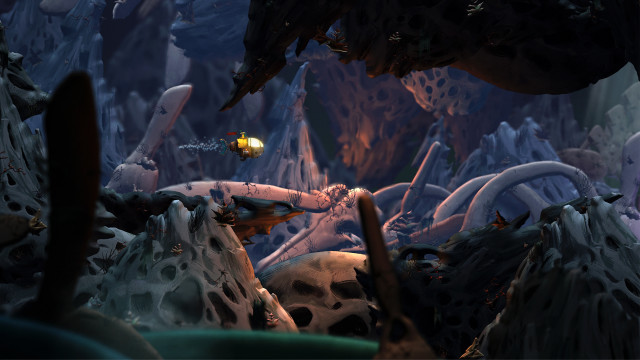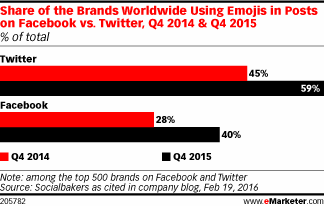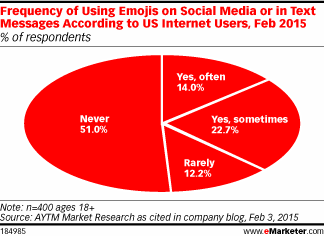Master of Orion released in 1993 and gave the world a chance to both explore and conquer the galaxy through force and diplomacy, epitomizing the 4X (eXplore, eXpand, eXploit and eXterminate) style of gameplay. The addictive “one more turn” nature of the sci-fi game and its sequel impressed a generation of gamers who still regard the strategy series in high esteem. The formula has led to a number of imitators, but few managed to capture the magic in the same way.
In 2013, Wargaming (famous for games like World of Tanks) purchased the rights to Master of Orion at an auction and immediately went to work on developing an all-new game featuring the voice acting talents of Mark Hamill (Star Wars), John de Lancie (Star Trek: The Next Generation), Robert Englund (Nightmare on Elm Street), and others. The game is available now on Early Access, and buying into it nets the recently revealed Collector’s Edition, which includes all three original games, a digital art book, soundtrack, an extra playable race and the ability to transform the modern aesthetics into retro pixel art.
Chris Keeling, director of vision at Wargaming, talked to [a]listdaily about bringing Master of Orion back for a new generation of gamers, and how the classic franchise stands the test of time.
 Given the success of games like World of Tanks, what convinced Wargaming to develop Master of Orion — a game that is different in so many ways?
Given the success of games like World of Tanks, what convinced Wargaming to develop Master of Orion — a game that is different in so many ways?
While we’re best known for our ‘World of…’ series of fast-paced, free-to-play multiplayer vehicle combat games, for more than a dozen years before launching World of Tanks, we were known for our turn-based and real-time strategy games, like Massive Assault and Order of War. Making strategy games is part of our core DNA, and our CEO, Victor Kislyi, was so highly influenced by Master of Orion and other 4X strategy games when he was younger that when he had the opportunity to purchase the intellectual property, he went for it. His goal was to bring the same feeling of ‘just one more turn’ gameplay to a new generation of fans.
How did you come up with the Collector’s Edition content?
We looked for things that set this version of the game apart from the originals, but which would also appeal to the die-hard fans of the franchise. The pixel ships, for example, are reminiscent of the ships from the earlier 8-bit games, while the musical score is based on the music from the first Master of Orion game, and even created by the original composer. The Terrans were a bonus that we developed to bring something new to the story, while reflected some great science fiction traditions. And of course, the Art Book will let players directly compare the original art to the new art, with an introduction by the art director from the original game, who also helped us keep the artistic flavor of the original in our version of the game.
How did you decide on which actors to include as voices for the game, and what was the process of matching the voices with the characters?
We had a long list of actors we wanted to showcase from iconic science fiction, horror and video-game franchises, and we were excited that we were able to bring so many on board. We matched their role according to their experience, range of voice acting and the general tone and pitch of their voice. In fact, some of the actors ended up doing more than one voice because of the range of their capabilities and their fit with the roles.
It seems like some of the actors knew about the original game. Were you surprised by that?
No, many of them are the right age to have played the original series, and working on science-fiction movies and TV shows, it’s not all that surprising that they might be gamers. However, a lot of them were unfamiliar with the games, so we showed them what it was about before recording and we had the opportunity to share our version of Master of Orion, to give them a better idea what to focus of the game was. Even back in that early stage, they were already excited by what they saw in the game.
https://www.youtube.com/watch?v=KhzlgohX2SM
There are a number of strategy games out now that lets players explore and conquer the galaxy. How will Master of Orion stand out in a genre it helped pioneer?
First and foremost, this is the original. Let’s face it, the genre has changed and grown, and so have the expectations of the players and the supporting technologies. Lots of games have tried to copy the original, but have left things out or changed them to be different. We’ve focused on the legendary story and setting in all of its glory – the often humorous races, the snarky GNN news, and so forth. But we have also scoured the series and the best of the 4X games to be released in the past 20 years to ensure we had a top-notch set of features that would appeal to this new generation of players.
What is it about Master of Orion that makes it such an enduring franchise?
I think the original Master of Orion caught players off-guard with its blend of strategy and humor and the incredibly deep gameplay that led to long hours of playing. That set it apart from other games of its time, and created a new genre of 4X space strategy games that of course spawned many imitations over the years. Our vision is to bring back those same feelings of fun, depth, humor and variety to new and old players alike.
What do you try to keep in mind when working with a classic franchise like Master of Orion?
The main thing is to respect the franchise. This is why we design it so carefully, gather members of the original team to help us keep it on track, and polish it off with amazing voice acting, music and visuals to support the story of the game. So the player can keep on exploring, expanding, exploiting and exterminating their way across a galaxy that’s not so far away after all.
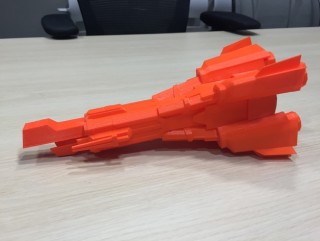
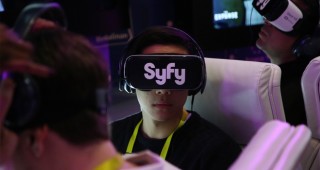
 Given the success of games like World of Tanks, what convinced Wargaming to develop Master of Orion — a game that is different in so many ways?
Given the success of games like World of Tanks, what convinced Wargaming to develop Master of Orion — a game that is different in so many ways?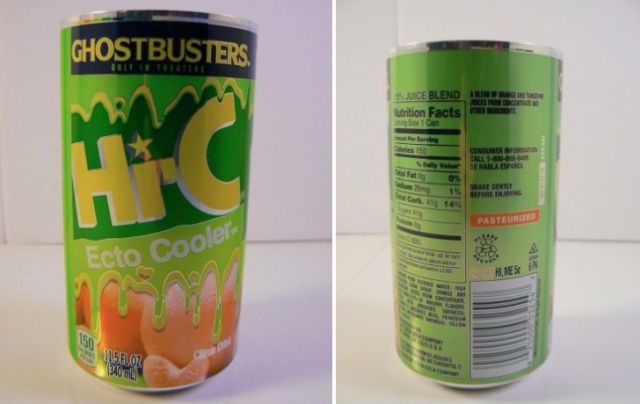
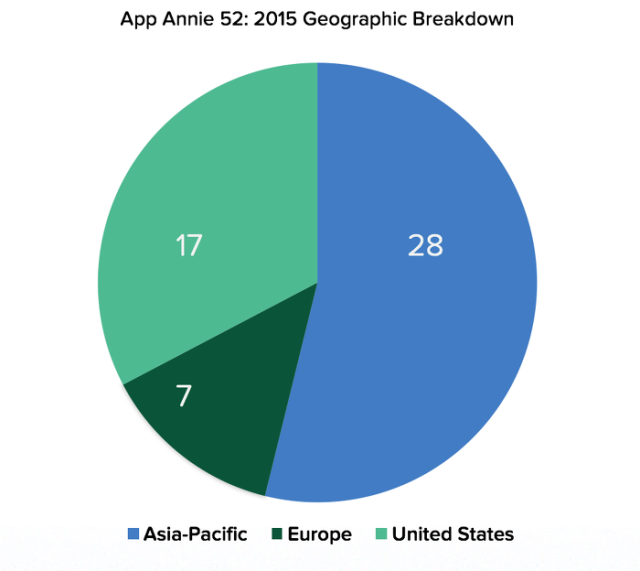

 Tell us about Song of the Deep.
Tell us about Song of the Deep.